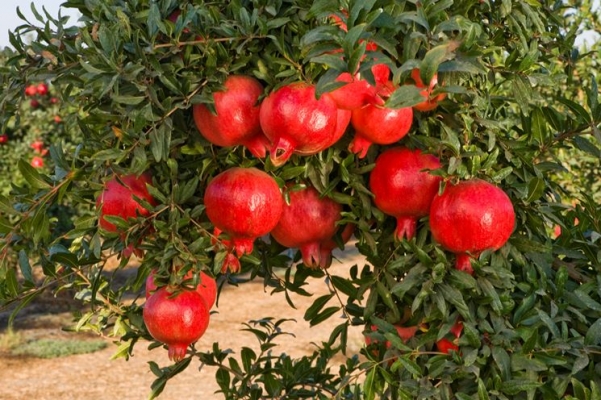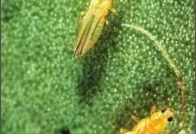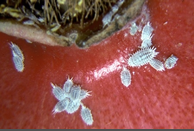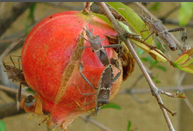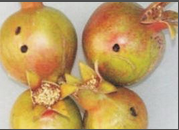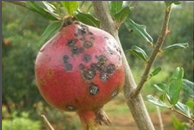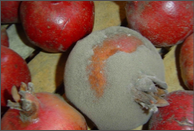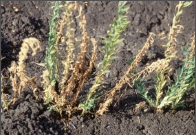Kabul: Big sized fruit, fruit peel is deep yellow in color.
Kandhari: Fruits are of big size with yellow coloured peel and red splash. TSS of juice varies from 13-15%.
Muscet Red: Medium sized fruit, thick peel, sweet juice and seed is soft.
Paper Cell: Medium sized fruit, thick peel, seed is soft and red in color and juice is sweet in taste.
Ganesh: Soft seeds which are red in color, sweet juice, good crop.
Other state varieties:
Seedless (Bedana): Fruits are medium to large in size. Fruits are sweet, very juicy and soft seeded. Per fruit has 250-500gm weight.
Spin Dandan: Large sized fruits having almost 600-700gm weight, light white color fruit, internally deep red and sweet in taste, multifunctional, probability of fruit cracking is medium.
Chawla: Spreading tree, full flowering in end week of April, 105gm approximately fruit weight, fruit size is 53.1 X 58.3mm, color is pinkish yellow, thin peel, hard and sweet seed, produces 2.50kg per tree, fruit gets mature in first week of September.
Bhagwa: Late sown variety, suitable for eat and transportation, less fruit cracking, fruit has 250-300gm weight, very attractive, orange color, soft and shiny, matures in mid-October, round seed, red in color, soft and sweet, total soluble content is 13% and acidic content is 0.61% and has good storage capacity.
Jyothi: This variety is dwarf and evergreen. Gives average juice yield of 75% on the basis of grains weight. TSS content of juice is about 17%. Gives average yield 3.2 ton per acre.
Mridula: Fruits having red coloured rind. Its grains are also blood red in colour. The juice is 78 percent on the basis of grain weight. TSS content of juice is about 17-18%.
Ruby: It fruits are of small size and having red coloured. Average Juice percentage is 80 and TSS content is about 15%.
Jodhpur Local: Fruits are of Medium size with hard rind. Fruits are juicy, sweet and seeds are moderately hard.

